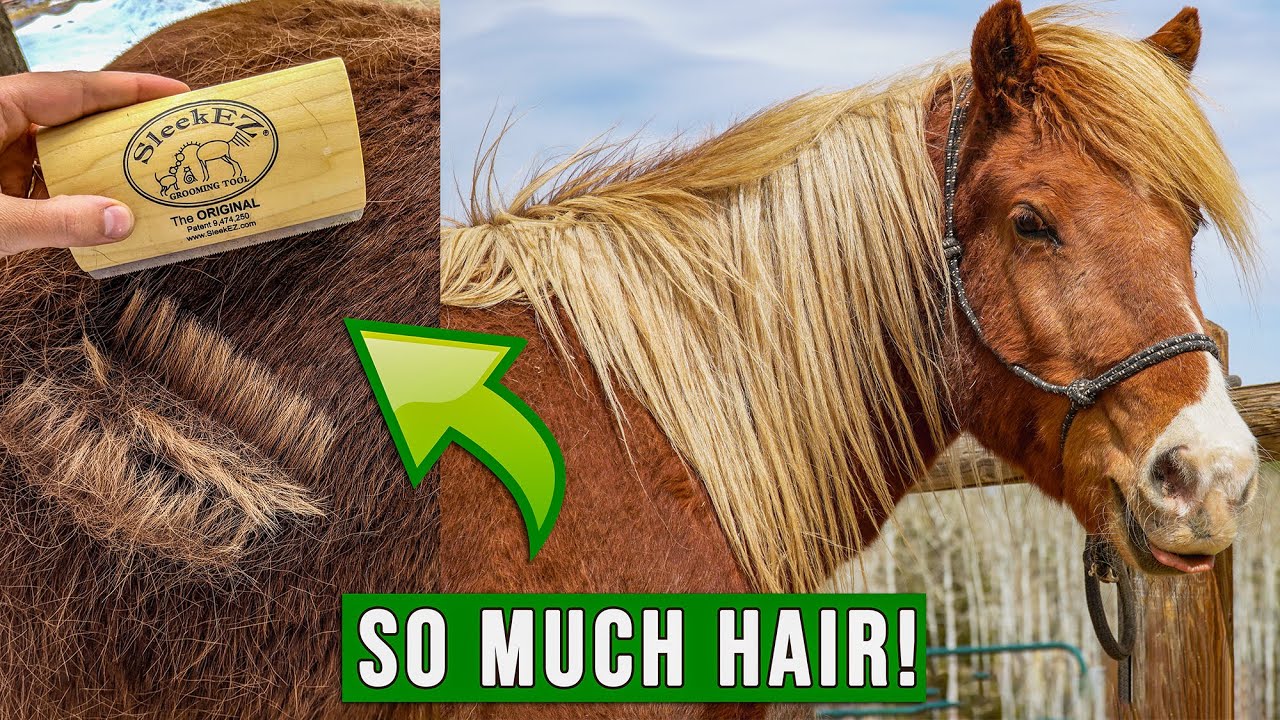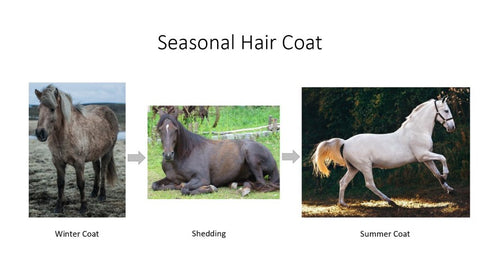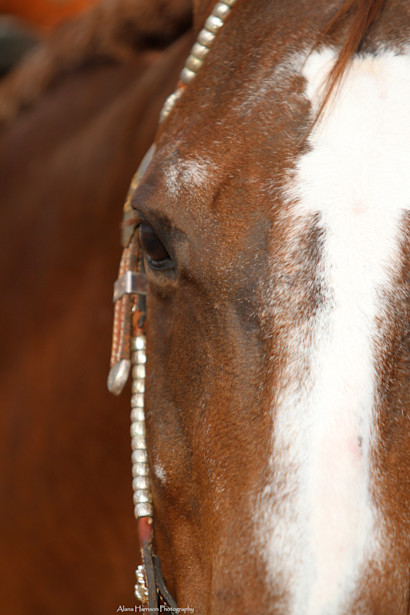Seasonal Coat Changes in Horses: What’s Normal vs Concerning

Understanding your horse’s coat changes throughout the year is essential for maintaining their health and comfort. Seasonal coat changes are natural, but distinguishing between normal shedding and signs of potential health issues can be challenging. This article explores the typical patterns of coat changes, factors influencing these changes, and when to seek veterinary advice.
Table of Contents

- Introduction to Seasonal Coat Changes
- Normal Seasonal Coat Patterns
- Factors Influencing Coat Changes
- Signs of Concerning Coat Changes
- Care Tips During Coat Transitions
- Frequently Asked Questions (FAQ)
Introduction to Seasonal Coat Changes
Horses naturally grow thicker coats in the fall to prepare for winter and shed them in the spring to stay cool. This process is regulated by changes in daylight and temperature. Recognizing this cycle helps owners anticipate and manage their horse’s grooming needs.
Normal Seasonal Coat Patterns
| Season | Coat Characteristics | Typical Duration |
|---|---|---|
| Spring | Shedding of thick winter coat | 4-6 weeks |
| Summer | Short, sleek coat | 3-5 months |
| Fall | Growth of dense, insulating coat | 6-8 weeks |
| Winter | Thick, fluffy coat for warmth | 3-4 months |
Normal shedding involves gradual hair loss, often noticeable as patches of loose hair. The coat should appear healthy and shiny during all seasons.
Factors Influencing Coat Changes
- Photoperiod (Daylight Length): The primary trigger for coat growth and shedding.
- Temperature: Extreme cold or warmth can accelerate or delay coat changes.
- Nutrition: Adequate vitamins and minerals support healthy hair growth.
- Health Status: Illness or stress can disrupt normal coat cycles.
- Breed and Genetics: Some breeds have thicker coats or different shedding patterns.
Signs of Concerning Coat Changes
- Patchy or uneven shedding beyond normal patterns
- Dull, brittle, or thinning hair
- Persistent bald spots or lesions
- Excessive itching or skin irritation
- Sudden changes in coat texture or color
These signs may indicate underlying health issues such as parasites, skin infections, hormonal imbalances, or nutritional deficiencies.
Care Tips During Coat Transitions
- Regular grooming to remove loose hair and stimulate skin
- Balanced diet rich in omega-3 fatty acids and biotin
- Monitor for skin conditions and consult a vet if abnormalities appear
- Provide appropriate shelter to protect from extreme weather
Frequently Asked Questions (FAQ)
Q1: How long does shedding usually last?
A: Shedding typically lasts 4-6 weeks in spring but can vary based on environment and horse health.
Q2: Can I help my horse shed faster?
A: Regular grooming and proper nutrition can support healthy shedding but avoid harsh treatments.
Q3: When should I be concerned about my horse’s coat?
A: If you notice bald patches, skin irritation, or a dull coat, consult a veterinarian.
Q4: Do all horses shed their coats seasonally?
A: Most horses do, but some breeds or horses kept in controlled environments may have less pronounced changes.
Maintaining awareness of your horse’s coat changes and understanding what is normal versus concerning can help ensure their well-being throughout the year. Regular observation and care are key to a healthy, comfortable horse.
